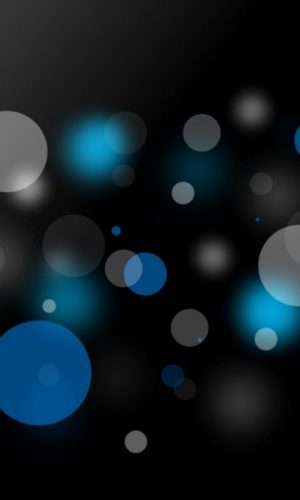Melasma (Chloasma): Pathogenesis and Treatment
Author(s): Fariyal Hoque, John McGrath, Syed Ebeny Shaude
Background: Now-a-days melasma is a common pigmentary condition, particularly among Asians, and its treatment is challenging for dermatologists because of unsatisfactory responses and high recurrence rates in many patients.
Objectives: This dissertation provides an overview of the aetiology and pathogenesis of melasma, followed by a focus on its current management.
Methodology: This dissertation is based on a comprehensive literature search, identifying relevant articles using Ovid, PubMed, and Google Scholar. For the therapy section the data mainly involve a critical review of published randomized controlled trials. Various studies from sample groups of different ethnicities, age groups, and gender, were evaluated.
Clinical trial findings: Being an uncommon skin hyperpigmentation condition melasma now has become a serious problem especially among dark skinned population. Although the exact cause or pathogenesis of this condition is still 7 poorly understood, new data identifying proteins, RNAs and micro-RNAs implicated in melanocyte cell biology and extracellular matrix homeostasis and signalling pathways linked to melasma, may contribute towards novel treatments for melasma which may bring more positive results and better prevention of relapse. Currently, most available treatments for melasma are not showing effective or sustained outcomes. The ongoing treatments of melasma include regular UV protection, topical medicines, oral treatments, chemical peels, some clinical procedures, LASER sessions and light-based therapies. For dermatologists, optimal use of current treatment modalities should be directed by clinical trials data and evidence-based medicine.
Conclusions: Although Melasma is caused by several factors like genetics, sunlight exposure, female sex hormones, thyroid problems, anticonvulsant medication and cosmetic items, the main


 Impact Factor: * 5.3
Impact Factor: * 5.3 Acceptance Rate: 75.63%
Acceptance Rate: 75.63%  Time to first decision: 10.4 days
Time to first decision: 10.4 days  Time from article received to acceptance: 2-3 weeks
Time from article received to acceptance: 2-3 weeks 